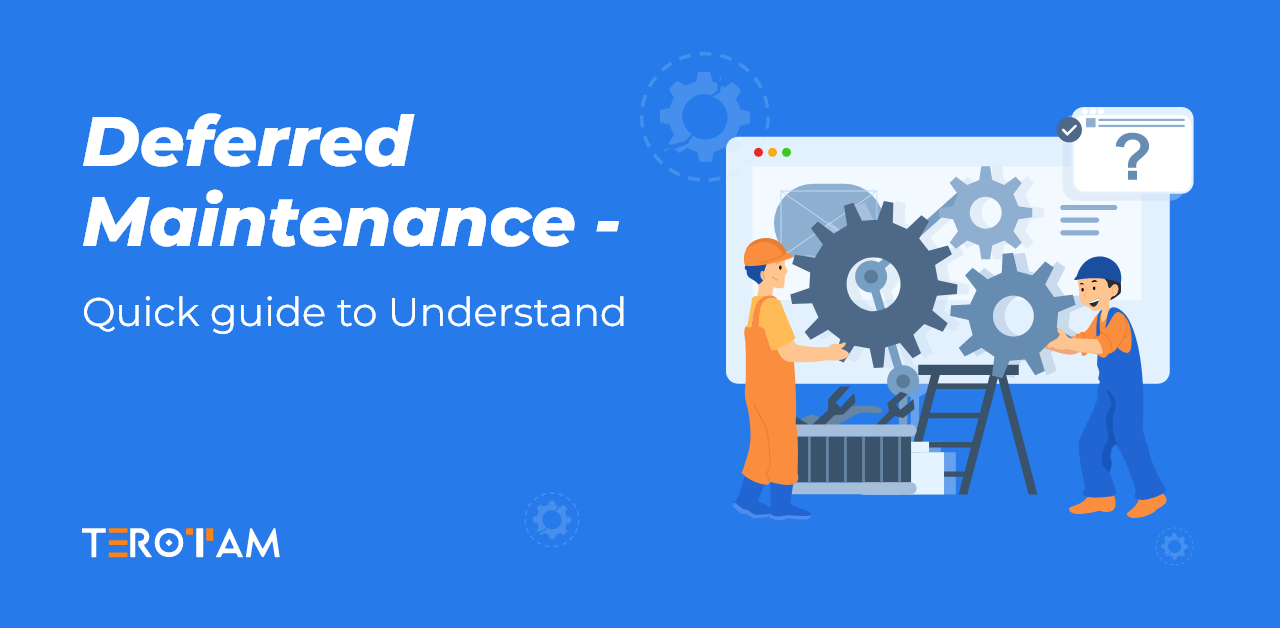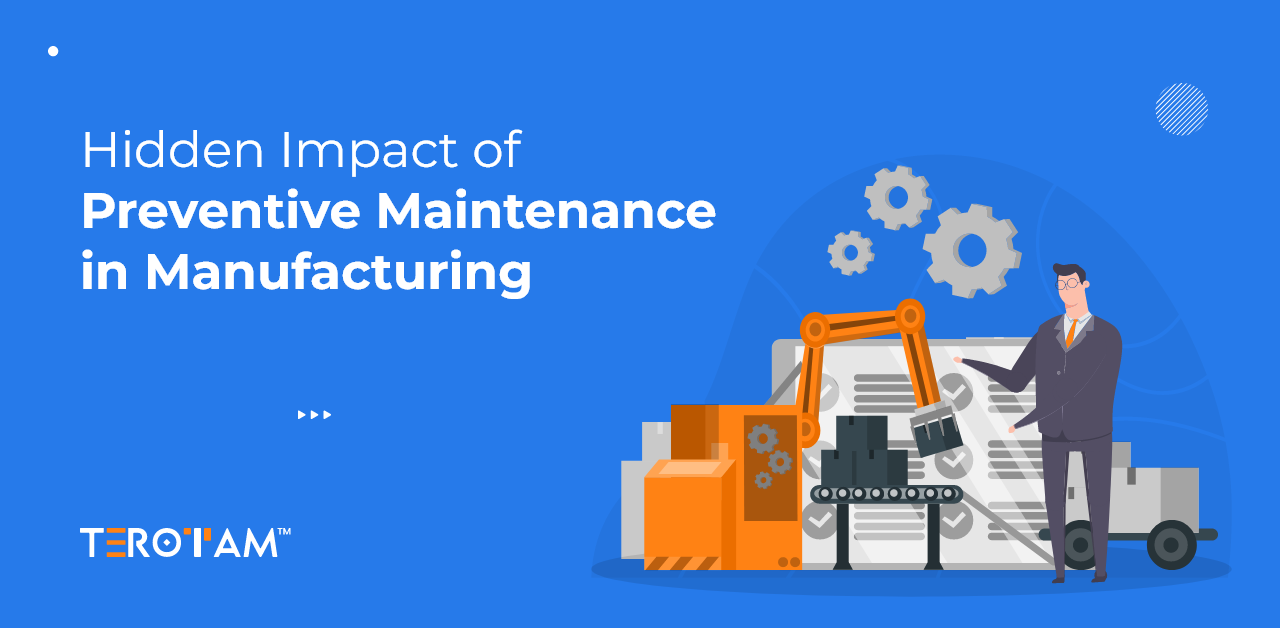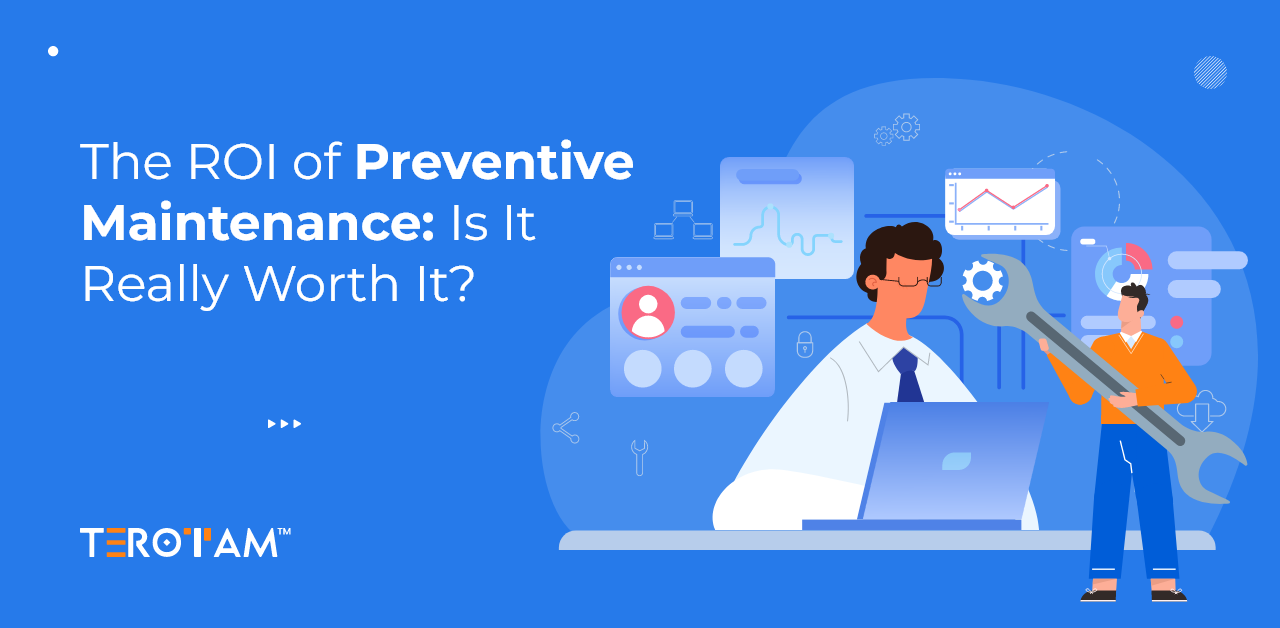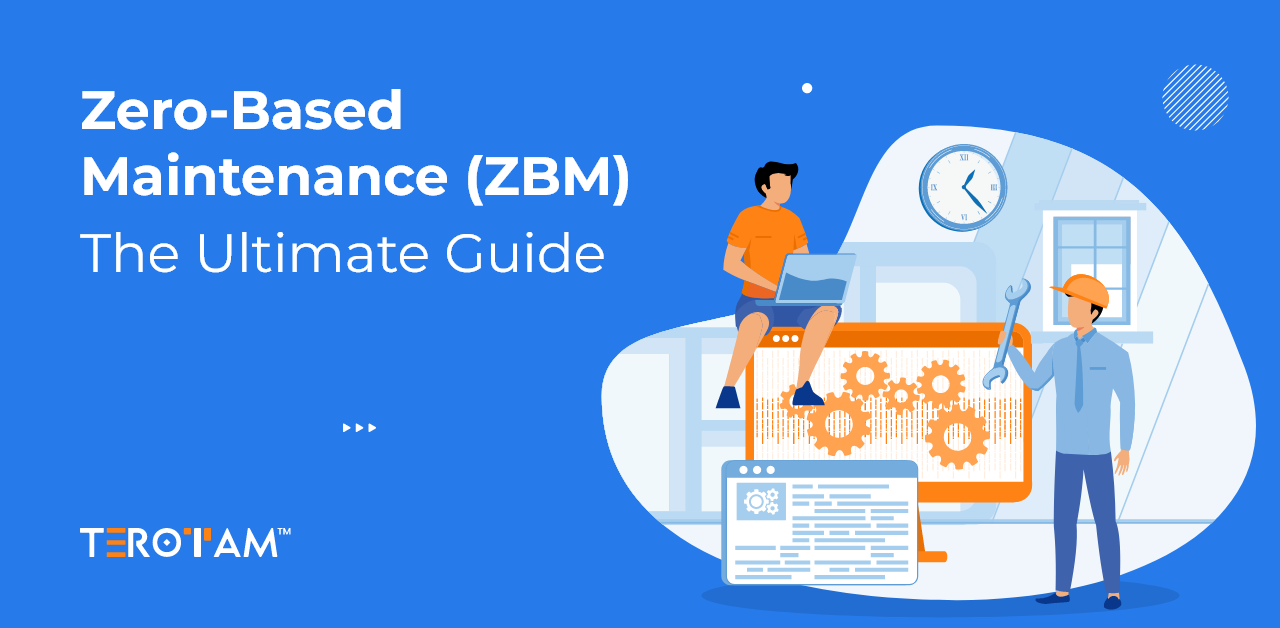Procrastination can definitely hamper your efficiency, but have you ever considered how this individual trait passes on to an organizational team or department, where the value of now is very important, and how it is going to impact them? It could be a cause of worry.
Facility management is something where the timing is quite important and ignoring such can cost you a lot in measurable and unmeasurable both. Such instances in facility management referred as “Deferred Maintenance”
Understanding Deferred Maintenance
Deferred maintenance refers to the postponement of necessary maintenance activities on assets or facilities. Instead of addressing maintenance issues promptly, organizations delay repairs or replacements due to budget constraints, resource limitations, or other priorities.
The concept of deferred maintenance poses a poignant question: What happens when we delay essential maintenance tasks for our assets and facilities?
Deferred maintenance isn’t merely a matter of postponing repairs; it’s a gamble with the operational efficiency, safety, and longevity of your organization’s critical infrastructure. While deferring maintenance may seem like a short-term cost-saving measure, it often leads to more extensive damage, higher repair costs, and decreased asset reliability over time.
Example of Deferred Maintenance
Imagine a manufacturing plant where routine equipment inspections and repairs are postponed due to budgetary constraints. Over time, a minor leak in a critical machinery goes unnoticed and untreated, resulting in corrosion and eventual failure. The deferred maintenance leads to unplanned downtime, costly repairs, and potential safety hazards for workers.
Causes of Deferred Maintenance
Several factors contribute to the occurrence of deferred maintenance:
- Budget Constraints: Limited financial resources may compel organizations to prioritize other expenses over maintenance.
- Resource Allocation: Inadequate staffing or expertise can hinder timely maintenance execution.
- Lack of Awareness: Ignorance or oversight regarding the importance of preventive maintenance can result in deferred actions.
- Reactive Maintenance Culture: Some organizations operate in a “fix-it-when-it-breaks” mode, neglecting proactive maintenance practices.
- Complex Processes: Cumbersome maintenance workflows or outdated systems can impede maintenance scheduling and execution.
What to Do If Maintenance is Deferred?
When maintenance is deferred, it’s crucial to take corrective action promptly:
Assess the Impact:
Evaluate the consequences of deferred maintenance on asset performance, safety, and operational efficiency.
Prioritize Tasks:
Identify critical maintenance tasks and allocate resources accordingly to address immediate concerns.
Develop a Plan:
Create a structured maintenance plan to address deferred maintenance backlog while preventing future occurrences systematically.
Allocate Resources:
Allocate sufficient budget, manpower, and time to execute the maintenance plan effectively.
Monitor Progress:
Regularly monitor and track maintenance activities to ensure timely completion and compliance with safety standards.
How to Decrease Your Deferred Maintenance?
Reducing deferred maintenance requires a proactive approach that addresses the root causes of postponement and implements strategies to prevent its recurrence. Here’s a detailed breakdown of steps you can take:
Implement Preventive Maintenance Programs:
Proactive maintenance programs aim to identify and address potential issues before they escalate into costly repairs. Develop a comprehensive preventive maintenance schedule based on asset criticality and condition assessments.
Regularly inspect equipment, perform routine maintenance tasks, and replace parts as needed according to the manufacturer’s recommendations. You can minimize the likelihood of deferred maintenance situations by staying ahead of maintenance needs.
Invest in Training and Skill Development:
Equip maintenance personnel with the necessary skills and knowledge to detect early signs of equipment failure and perform timely repairs. Provide training on equipment operation, maintenance best practices, and troubleshooting techniques.
Additionally, encourage continuous learning and professional development to ensure your team effectively handles evolving maintenance challenges.
Prioritize Investments in Maintenance:
Allocate sufficient budget and resources to support your maintenance initiatives. Conduct thorough cost-benefit analyses to prioritize maintenance investments based on asset criticality, performance history, and expected return on investment.
By aligning maintenance spending with organizational goals and asset management objectives, you can address deferred maintenance backlog while preventing future instances of neglect.
Leverage Technology Solutions:
Embrace technology tools like Computerized Maintenance Management System (CMMS) software to streamline maintenance processes and enhance efficiency. CMMS platforms facilitate proactive maintenance planning, automate work order generation and scheduling, and provide real-time visibility into maintenance activities.
By leveraging data-driven insights and predictive analytics, you can optimize maintenance workflows, allocate resources effectively, and minimize the likelihood of deferred maintenance occurrences.
Foster a Culture of Maintenance Excellence:
Cultivate a proactive maintenance mindset across your organization by emphasizing the importance of timely upkeep and preventive maintenance. Encourage open communication and collaboration between maintenance teams, operations staff, and management to identify and address maintenance needs proactively.
Recognize and reward employees who demonstrate a commitment to maintenance excellence, and foster a supportive environment that values proactive problem-solving and continuous improvement.
Regularly Review and Adjust Maintenance Strategies:
Conduct regular reviews of your maintenance processes, performance metrics, and asset management practices to identify areas for improvement. Solicit feedback from maintenance personnel, stakeholders, and end-users to gain insights into emerging maintenance challenges and opportunities. Continuously refine your maintenance strategies, incorporating lessons learned and best practices to adapt to changing operational requirements and industry standards.
How CMMS Help You Manage Your Deferred Maintenance?
CMMS software plays a pivotal role in managing deferred maintenance by offering centralized asset management capabilities, automating work order generation and prioritization, streamlining maintenance processes, providing real-time visibility and tracking, and offering predictive maintenance capabilities.
With CMMS, maintenance managers can easily identify assets subject to deferred maintenance and prioritize them for timely resolution. Automated work order generation ensures that critical maintenance tasks are promptly addressed, reducing the risk of further deterioration. Streamlined maintenance processes and automated notifications prevent tasks from being overlooked or forgotten, minimizing the likelihood of deferred maintenance occurrences.
Real-time visibility into maintenance activities allows managers to track the progress of deferred maintenance tasks and monitor resolution status, facilitating proactive decision-making. Predictive maintenance capabilities enable organizations to anticipate and prevent equipment failures before they occur, mitigating the risk of deferred maintenance.
In short,
Deferred maintenance poses significant risks to organizations, ranging from increased operational costs to compromised asset performance and safety. Leveraging CMMS technology as a cornerstone of maintenance management enables organizations to streamline processes, prioritize tasks, and effectively address deferred maintenance, ensuring operational excellence and sustainability in the long run.
Want to know more about it? – Let’s talk or share your thoughts on contact@terotam.com








